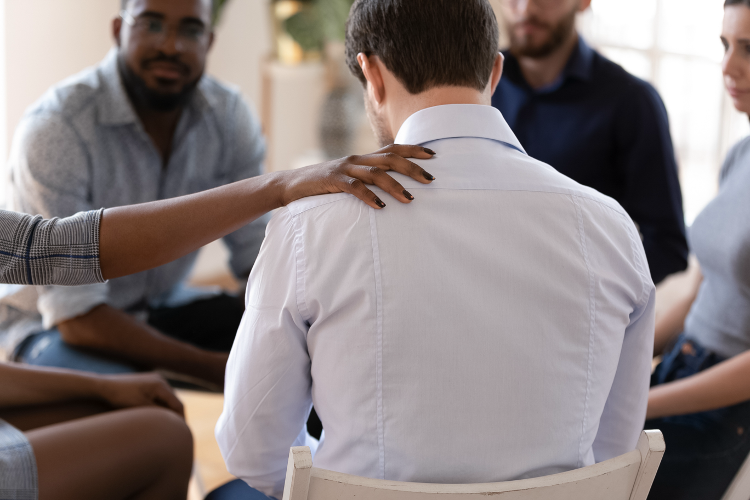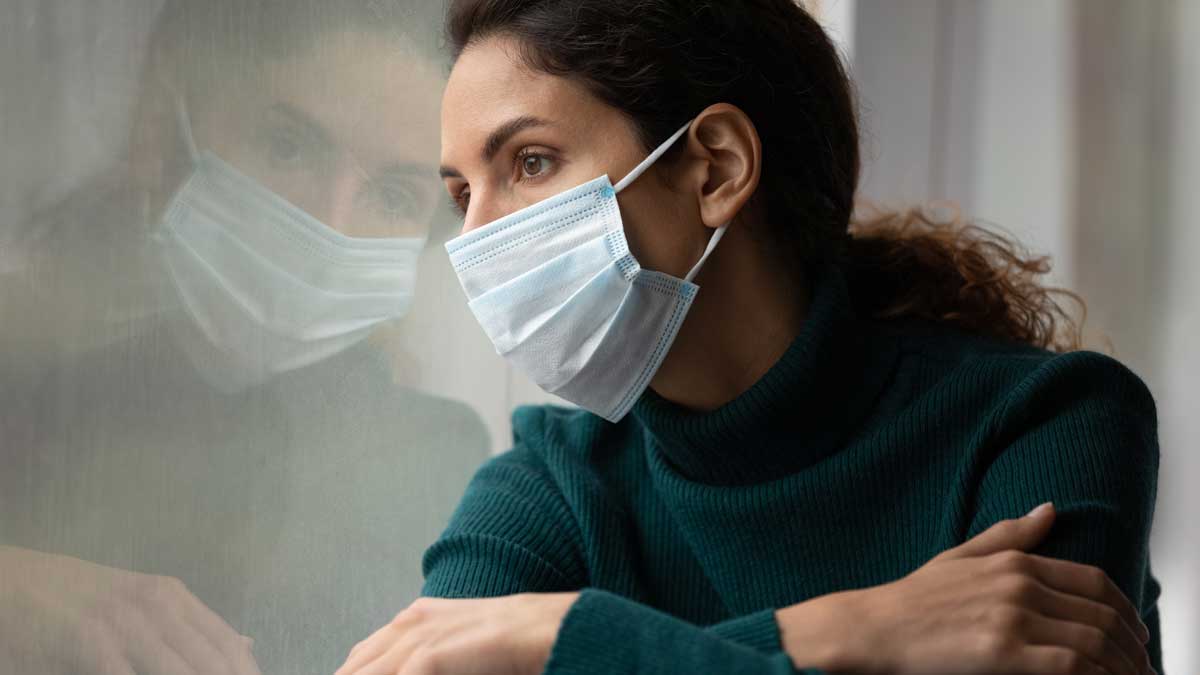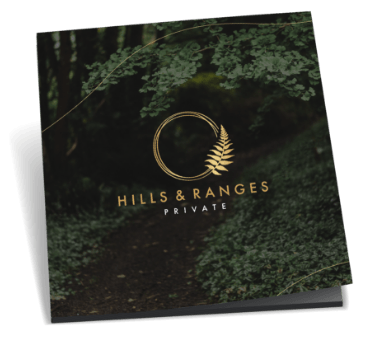
Many people try to handle their problems independently, but this rarely works. If they continue to use drugs, they could end up harming themselves or someone else.
Drugs are highly addictive substances, and the effects of withdrawal symptoms are often overlooked. Many substance users will try to ignore these symptoms at all costs. However, ignoring drug withdrawal symptoms can be very dangerous for your health and well-being.
Drug withdrawal symptoms
Withdrawal symptoms occur after the cessation of drug use. They are caused by the body’s natural response to removing drugs from the system. When someone is withdrawing from a drug, they experience several physical symptoms. Some common ones include:
1. Sweating
The first sign of drug withdrawal is sweating. Sweat glands increase in size and produce more sweat than usual. The brain releases certain chemicals called neurotransmitters, which cause nerves to send messages to each other, resulting in muscle contraction and relaxation. Drugs block this process, which causes sweating.
2. Seizures
A withdrawal seizure is a convulsion when an individual stops taking a drug. It’s the body’s way of getting you back on track. It may occur immediately upon stopping or later on during abstinence. A person who has had a withdrawal seizure may experience some memory loss.
3. Hallucinations
Drug withdrawal hallucinations are similar to those experienced while dreaming. You might see things that aren’t there or hear voices that don’t exist.
4. Anxiety
Anxiety is a common drug withdrawal symptom. People who have been addicted to drugs often feel anxious before they take them. In addition, they may also feel anxious once they stop using drugs due to the fact that the body produces stress hormones like cortisol when it experiences anxiety.
5. Insomnia
Insomnia is another symptom of drug withdrawal. You may not sleep as much as usual or wake up several times. It’s because the body is experiencing severe stress. Your mind and body are trying to cope with the changes inside you.
6. Depression
Depression is another common symptom of drug withdrawal. If a person ever suffered from depression, they already know how hard it can be to deal with it. During drug withdrawal, they may experience sadness, hopelessness and despair.
How long does drug withdrawal last?
Drug withdrawal generally lasts anywhere from a week to months, depending on the type of drug used and the amount is taken. The longer a person abuses substances, the longer it takes to withdraw. (2)
Drug addiction treatment options
There are various treatment programs available today. Each program works differently, so you must determine what works best for your situation. Here are some examples of treatments available:
1. Drug detoxification
Detoxification is the natural process of removing all traces of drugs from your system. It’s necessary if a person wants to continue recovery. However, it isn’t enough by itself. It needs to be followed by counselling and therapy.
2. Substance abuse rehab
Substance abuse rehabilitation centres help people overcome their addictions. They provide extensive medical care, counselling and therapy. Some facilities offer group activities, while others provide special services for children and teens.
3. Outpatient treatment
Outpatient treatment programs allow substance misuse patients to stay at home while receiving treatment. It’s beneficial because it enables patients to maintain their daily routine without changing anything.
4. Inpatient treatment
Inpatient treatment programs require substance abuse patients to live in a facility that provides intensive medical attention. They’ll likely spend time undergoing counselling and therapy sessions.
5. Partial hospitalization
This option combines outpatient treatment with partial hospitalization. Partial hospitalization means going to an off-site location for part of the day. Patients still get all the benefits of outpatient therapy but only have to attend sessions for a few hours each week.
6. Withdrawal medication
Some people choose to use medications during the first days or weeks after quitting drugs. These medications work by blocking certain parts of the brain to help reduce cravings. While this approach has been proven to help eliminate and reduce withdrawal discomfort, there’s no guarantee that these medications will give the same results for everyone. (3)
- Sedative drugs: Patients usually take these prescription sedatives before bedtime. The primary purpose is to calm them down. Sedatives don’t cause you to fall asleep right away. Instead, they make you feel more relaxed.
- Benzodiazepines: These are often prescribed to treat anxiety disorders. Benzodiazepines also act as sleep aids.
- Antidepressants: Antidepressants are sometimes prescribed to treat depression.
If you think you might benefit from using these medications, talk to your doctor about them.
Final thoughts
Overcoming drug addiction can be difficult. But with proper treatment, you can start living a substance-free life again. Remember that it’s never too late to seek help. But first, you need to recognize the symptoms. Then you may reach out for more information about available drug treatment programs.





